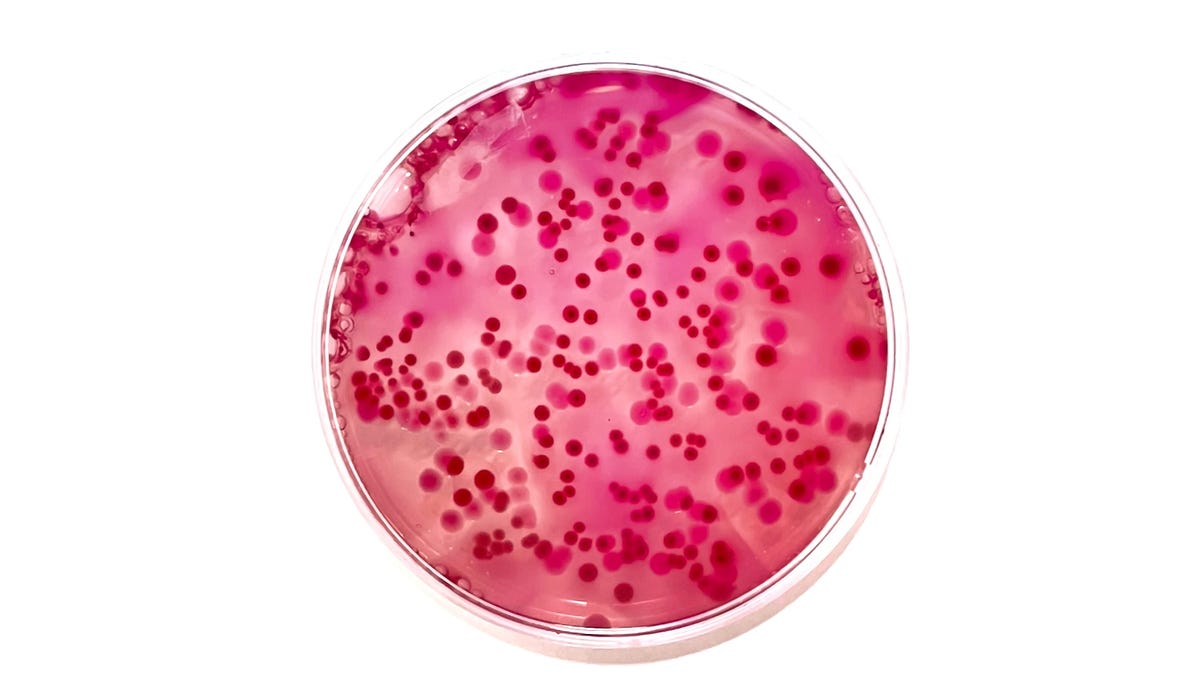
In a study out this month, Swiss researchers say they genetically sequenced dozens of previously unknown bacterial species that were found in patient samples. While many of these novel bacteria might not harm humans, the team did identify several that likely can cause disease.
The research was conducted by scientists from the University of Basel and the University Hospital Basel in Switzerland. Since 2014, the team has been collecting blood or tissue samples from certain patients of theirs for a special project. Doctors will routinely test patient samples to find bacteria that might be a plausible cause of someone’s illness. The study authors devised an algorithm to identify samples where conventional testing methods had failed to turn up any known bacteria. Then they sequenced the entire genetic material found within these samples, hoping to find previously undiscovered bacteria species.
Advertisement
All in all, they found 61 bacteria species lurking within these mysterious samples. Of those, 35 appear to have never been documented until now. Some of the other “difficult-to-identify” bacteria were only recently discovered and named by other researchers. The team’s findings are published this month in the journal BMC Microbiology.
Advertisement
“Our new algorithm proved to be a powerful tool for detection and identification of novel bacterial organisms,” the authors wrote in their paper.
Advertisement
The majority of bacteria and other microorganisms living in or on our bodies are either harmless or beneficial to our health. But the researchers did identify seven species of these new bacteria that are considered “clinically relevant,” meaning that they’re likely capable of causing disease. And even usually harmless bacteria can sometimes be dangerous depending on the circumstances, such as skin bacteria that enter a freshly opened wound or opportunistic infections in people who become immunocompromised.
These days, it’s hard for clinical labs to be stumped and fail to identify a potential cause of a person’s infection. But we are still regularly finding novel germs out there. Whole genome sequencing can be used to scoop up these unknown microbes, but it can be a costly and relatively lengthy process. So the researchers hope their algorithm—dubbed NOVA, short for Novel Organism Verification and Analysis—can help other scientists speed up this important work.
Advertisement
The team is currently working on naming their new discoveries, with two proposed names already submitted for consideration by the scientific community. They’re also still collecting samples and finding new bacteria. Between February 2022 and July 2023, according to their paper, they identified another 21 potentially novel species of bacteria.
“We have noticed a major dynamic here: thanks to technological advances in bacteriology, much more is being published about newly discovered species of bacteria,” said study author and microbiologist Daniel Goldenberger in a statement.
Services Marketplace – Listings, Bookings & Reviews